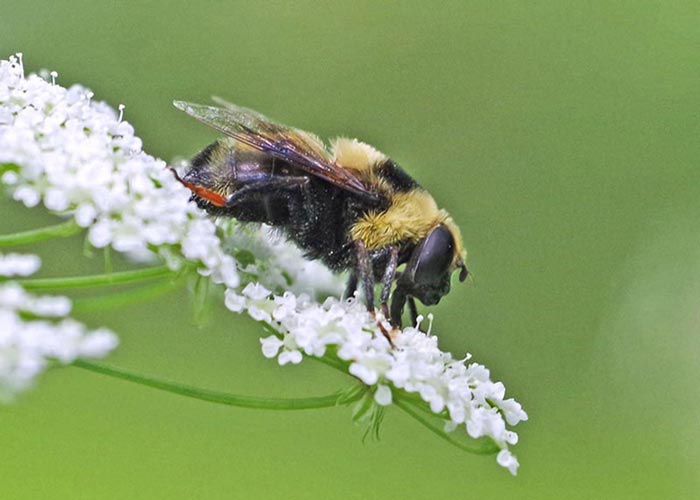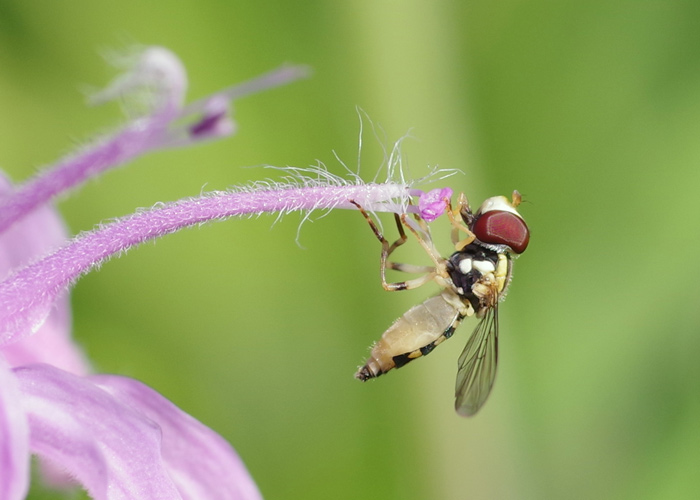Selected Syrphid Flies
Howdy BugFans, It’s no secret that the BugLady is enthralled by syrphid/hover/flower flies (family Syrphidae), those often-exquisitely-decorated little flies that mimic a variety of wasps and bees and are featured in so many of her “Summer Survey” episodes. This summer …

